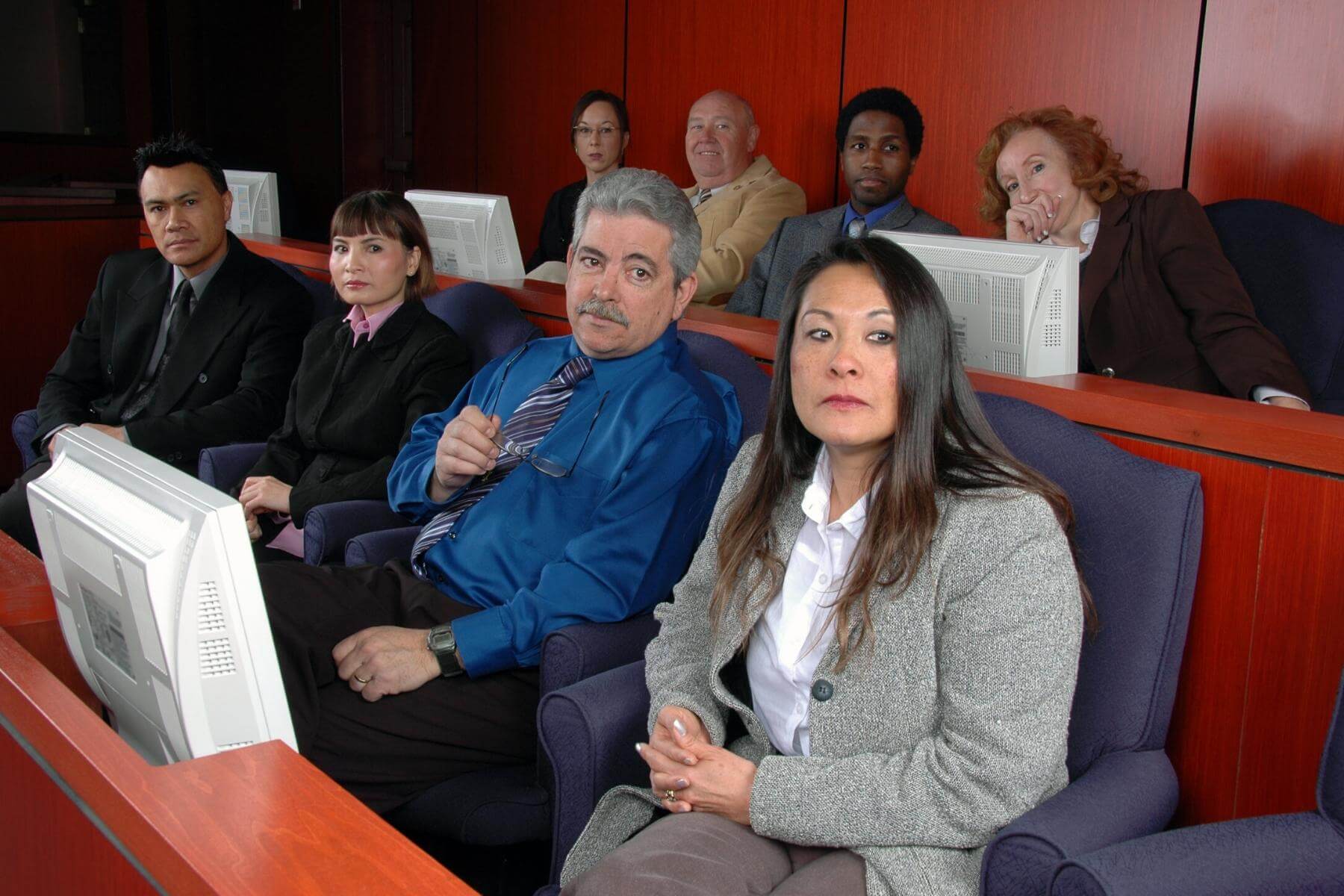Exactly How Test Presentations Enhance Your Disagreement and Convince Jurors
Test presentations function as a crucial mechanism for boosting legal arguments and encouraging jurors. By integrating aesthetic aids, narrative frameworks, and psychological involvement, attorneys can produce a compelling case that reverberates on numerous levels. The calculated use visuals not only makes clear complex details but also captures jurors' interest better than words alone. The art of storytelling plays a similarly crucial function in transforming accurate proof right into an engaging story, shaping jurors' perceptions. Comprehending these aspects can substantially influence test results, raising the question of just how each part adds to this detailed dynamic.

Value of Aesthetic Help
Aesthetic aids play an essential role in boosting the effectiveness of test discussions, as they can significantly enhance target market engagement and retention of information. In the context of a test, where jurors are charged with processing complicated information, visual aids offer to streamline and clear up vital factors. Charts, charts, and images can share data and ideas that may otherwise bewilder or perplex jurors, allowing for an extra uncomplicated understanding of the proof offered.
Moreover, visual aids assist in preserving juror interest throughout the process. By damaging the monotony of spoken testament, these devices can stress essential disagreements, making them much more unforgettable. Efficient visual aids can also stimulate emotional responses, which can be essential in encouraging jurors to align with the speaker's narrative.

Crafting Engaging Stories
A compelling narrative is crucial in test discussions, as it works as the backbone of effective persuasion. It enables lawyers to weave together truths, evidence, and psychological components into a systematic story that reverberates with jurors. This narrative structure makes it possible for jurors to recognize the complexities of the case while guiding them through the attorney's disagreement.
To craft a compelling narrative, attorneys must concentrate on clarity and comprehensibility. Additionally, the use of vibrant descriptions can develop mental images that assist jurors imagine the events, making the narrative much more unforgettable.
Moreover, integrating crucial motifs throughout the discussion strengthens the core message and help in retention - trial presentations. The narrative needs to not just convey info however also stimulate a sense of justice, highlighting the risks involved. Ultimately, a sound story fosters a connection between the jurors and the instance, positioning the attorney's argument as both reliable and engaging, thus increasing the likelihood of a favorable decision

Involving the Jury Emotionally
Effective jury involvement rests on the lawyer's ability to connect with jurors on a psychological level. This link can significantly influence jurors' assumptions and their utmost decision-making. Utilizing psychological appeals allows attorneys to humanize the instance, changing abstract legal principles right into relatable experiences. By offering real-life tales or reviews, lawyers can stimulate empathy and empathy, fostering a deeper understanding of the issues at risk.
Aesthetic help, such as photographs or video clips, can further improve psychological engagement, supplying jurors with vivid depictions of the case's human aspects. Crafting a story that highlights the battles and triumphs of find out this here the individuals entailed ensures that jurors see beyond the lawful debates and identify the human effects of their decisions.
Additionally, tone and body movement play a vital role in communicating emotion. A lawyer's enthusiastic distribution can reverberate with jurors, enhancing their psychological financial investment in the case. It's important to balance emotional appeals with factual proof, ensuring that jurors feel obliged to act while staying grounded in the fact. Inevitably, a psychologically involved court is more probable to be convinced, making emotional link a vital component of effective test presentations.
Structuring Your Discussion

The body visit our website of the presentation need to be logically fractional into bottom lines, each supported by engaging evidence. It is valuable to utilize narration techniques to weave facts into a narrative that jurors can quickly comply with. Aesthetic aids, such as graphes and videos, can boost comprehension and involvement, helping to highlight essential pieces of proof.
Real-World Case Research Studies
Checking out real-world case research studies supplies very useful insights into the art of trial presentations and persuasion. The defense team efficiently utilized a method that integrated top-level specialist testaments with multimedia discussions, which astounded jurors and ultimately influenced their decision.
Another notable example is the "McDonald's Coffee Case," where the plaintiff's lawyers made use of visuals photos of the injuries endured by Stella Liebeck. trial presentations. This raw aesthetic proof played a vital function in communicating the intensity of her burns, bring about a substantial court award. Such cases demonstrate that impactful test discussions commonly rest on the efficient integration of visuals and storytelling to stimulate psychological reactions from jurors
Additionally, the "Casey Anthony Trial" highlighted the value of narrative comprehensibility and reputation. Look At This The prosecution's failing to establish an engaging timeline lessened their convincing power, highlighting the necessity of a well-structured discussion. Examining these cases discloses that effective trial discussions need strategic preparation, psychological interaction, and the ability to reverberate with jurors' values and ideas.
Final Thought
Trial discussions substantially enhance debates and convince jurors via the calculated use aesthetic aids, engaging narratives, and emotional engagement. By simplifying complex info and fostering connections with the audience, these aspects produce an unforgettable and impactful experience. A well-structured presentation balances psychological charms with accurate proof, ultimately reverberating with jurors' worths. The assimilation of these methods not just influences decision-making yet also highlights the importance of efficient interaction in the courtroom.